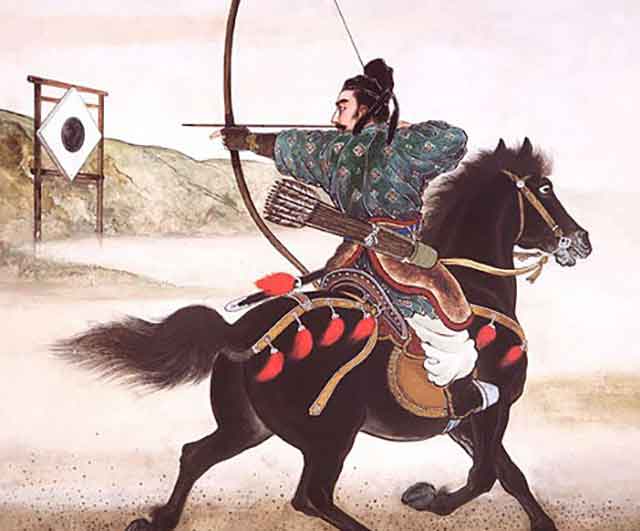
The horse is not a native inhabitant of Japan, but at the same time it was a true friend for every samurai. This animal was brought from the mainland. Given the temperament and peppy nature of the horse, she quickly fell in love with the locals. It is worth noting that the first memories of the use of horses in Japan date back to the Kofun era: this is the end of the 3rd-4th century AD. The horses that were brought from East Asia were quickly distributed throughout the country. Of course, such an animal played a big role. Horses were used as beasts of burden as a draft force, as well as as a means of transportation. However, only representatives of high society had the right to ride a horse. It was from the moment the horses appeared in Japan that the art of riding began to actively develop. The rider "yabusame" - this was one of the most valuable qualities of a warrior. Of course, not all samurai had horses: only the noble could afford such a luxury.
What was the difference between Japanese horses
According to research, the Japanese horse is a variety of the Mongolian breed, which had a lot of similarities with tarpans. If we evaluate the physiological characteristics of such horses, then it is not entirely correct to refer them to the “horses” group. Their height did not exceed 140 cm, which automatically equates to a pony. During excavations of horse burials in Japan, it was revealed that the growth of many horses does not exceed 130 cm, and the smallest figure is 109 cm. If we compare these figures with Arabian horses (their height is 152cm), or English horses (162cm), then the difference is obvious.
As for discipline, the samurai horse is an intelligent, disciplined animal. Samurai put in a lot of effort to achieve maximum results. The result of daily training is a perfectly trained horse, which felt its owner very subtly, participated in the battle on a par with him. The animal skillfully bounces in time, rears up, and, if necessary, bites. Samurai taught their horses a lot. For example, to overcome small rivers, swamps.
At the end of the 20th century, a Japanese TV channel conducted an interesting experiment, during which it was found that a samurai horse with a rider had a maximum speed of up to 9 km / h. Initially, the animal started at a light gallop, but this pace was short-lived. After a short time, the horse moved to a more relaxed pace. Thus, it can be concluded from this that horses were allowed only for short distances or in the most acute situations. In all other situations, the samurai horse on the battlefield moved at the pace of a trot or a light gallop. On the one hand, this did not allow to develop greater speed, but there is also a positive point. Due to this slowness, horse archers could shoot accurately.
In addition, such horses performed well on rough terrain. Given that Japan is 80% mountains, this was a very important advantage. If we take as an example, then long-legged horses cross the mountainous terrain with difficulty, but the minis do an excellent job with this task.
And another important advantage of such horses was a soft ride. Such a run was ideal for archers. Despite the fact that Japanese horses were good at overcoming swampy areas of the terrain, they still failed in swamps or rice fields.
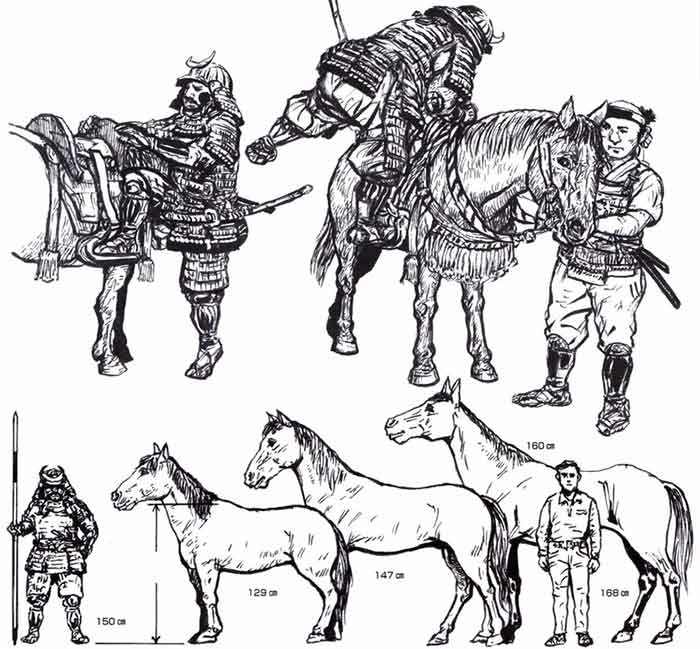
local traditions
One of the local traditions in Japan is the castration of horses. This tradition did not in all cases have positive aspects. The thing is that fighting stallions were not neutered, they reacted very actively to mares, which led to problems on the battlefield.
The samurai horse was never heavily armored, and jousting tournaments were never held. In addition, these horses have never been shod. The situation changed only in the 18th century. It was the Dutch merchants who told about European technologies. However, instead of horseshoes, there were special straw sandals for horses.
The fastest horse in Japan
According to ancient stories, the fastest horse belonged to Fujiwara Kunihira. The samurai was large, but this in no way prevented him from moving on his sharp horse. Fujiwara's height was 180cm, and the horse's was 141cm. And even despite such a difference in growth, this tandem showed good results on the battlefield.
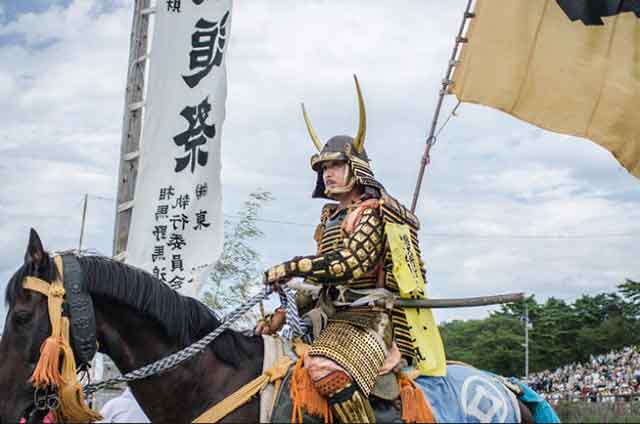
Women are equestrians in Japan
A separate category is women riders who had an advantage against the background of men. First of all, they were lighter and more cunning than men. From an early age, women from samurai families learned to ride. They, along with men, fought as part of cavalry units. The most famous female equestrian in Japan was Tomoe Gozen. The fact of confirmation of the participation of women in battles is confirmed by various historical sources. For example, in a document that dates back to 1351, it is indicated that in the west of Japan, an equestrian detachment consisting only of women participated. The horse armor of that time, which was made taking into account the female anatomy, has survived to our time. The participation of women in combat battles for Japan was commonplace.
Japanese rider equipment
The equipment that the samurai used for their horses was also different. First of all, this is a hard saddle, which created a strong platform for the archer and protected his lower torso. In general, the saddle of a samurai horse was complex. It took a long time to put it on the back of a horse. Everything happened in several stages. At the first stage, a saddle was placed on the back of the animal, which was made of game skin or quilted leather. Next, the wooden frame of the saddle was attached. The saddle itself consisted of two longitudinal wooden plates, which were located parallel along the ridge, and from two boards. The latter were attached to the front and rear of the plates. All parts of the saddle are very tight. Additionally, the wooden frame was pulled together with a girth: it was stretched through the belly of the horse.
A soft seat was placed on top of the hard seat. It was held firmly in place with stirrup straps. All belts were made of hemp, which was made from several layers of silk. Leather was practically not used in Japan. It was also customary to distinguish between two types of reins. The first type was used to hold the horse, and the second - to control the animal. For example, the bits used to control the horse were made of steel and attached to the cheek straps.
Thus, the saddle was quite heavy and created a significant load on the back of the animal. On the one hand, such a platform added accuracy to archery, and on the other hand, it slowed down the horse’s running speed even more.
And one more thing is the material for the manufacture of such structures. The base is lacquered wood. Its surface was treated with plant sap. This juice was dangerous in that it resembled poison ivy in its properties.
Samurai paid special attention to the appearance of the saddle. The saddle was covered with black lacquer, and its shiny surface was decorated with silver or gold patterns.
But the stirrups were simple. These were rings that were hung on long chains, and only towards the end of the 9th century did stirrups acquire a closed toe and an elongated sole. Some time later, the stirrups were again modified: the sides of the toe disappeared and thus, the stirrup turned out to be with an open platform. It was stirrups in this form that the Japanese used until the 19th century. Iron was used as a manufacturing material. As a rule, it was a combination of iron and wood. Many models of stirrups had special holes in the platform through which water poured out. As a rule, water was collected in stirrups during the crossing of the river. The stirrups had long soles. This design allowed the rider to easily get up at a gallop, and soften the fall.
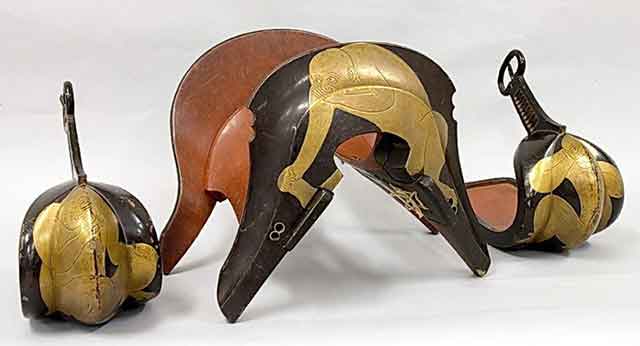
Features of archery
During the shooting, the archers sat sideways or with their backs to the movement of the horse. Of course, such actions required remarkable skill from the archer. It was important not to fall off the horse in any situation. The most skillful riders in battle used weapons that were characteristic on foot. We are talking about a long weapon - naginata.
Yabusame in modern times
Currently, yabusame also exists, but already as an entertaining spectacle. According to the old tradition, such competitions are held from September 15 to 16 in the city of Kamakura.
See also
-
Marugame Castle
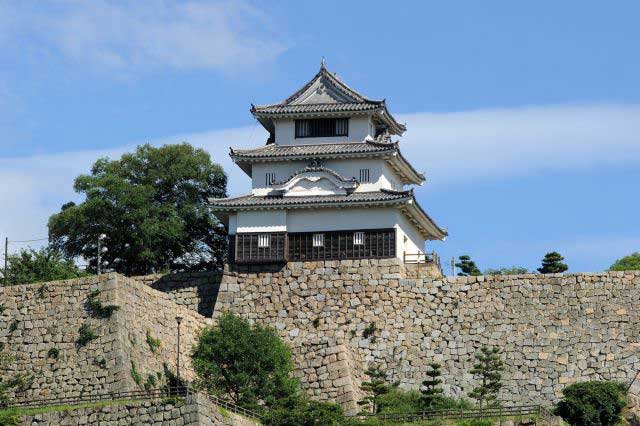
Marugame is part of the so-called “Authentic Dozen,” a group of twelve castles whose donjons have survived to the present day without major reconstructions since the Edo period.
-
Iyo Matsuyama Castle
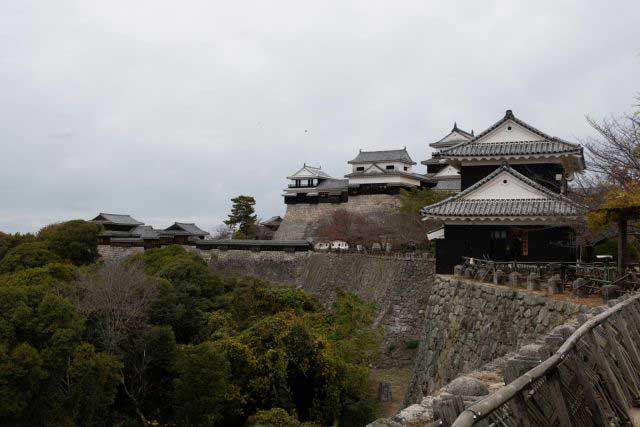
Historically, the center of Iyo Province—corresponding to today’s Ehime Prefecture on the island of Shikoku—was the city of Imabari, while the Matsuyama area was regarded as an agricultural hinterland with broad plains and low hills. During the Muromachi period, the central part of the province was governed by the Kano clan from Yuzuki Castle. With the onset of the Sengoku period, however, this clan lost its former influence and was forced to survive in the shadow of the more powerful Mori and Chōsokabe clans. After Toyotomi Hideyoshi’s forces conquered Shikoku in 1587, the northern part of Iyo Province was granted to Fukushima Masanori, one of the so-called “Seven Spears of Shizugatake.” In 1595, Masanori was transferred to Kiyosu Castle, and the lands around Matsuyama were given to another of the Seven Spears, Katō Yoshiaki, who received Masaki Castle and an income of 60,000 koku of rice.
-
Kanazawa Castle

Construction of Kanazawa Castle began in 1580 on the orders of Sakuma Morimasa, a vassal of Oda Nobunaga. The castle was built on the site of the Ikko-ikki sect's Oyama Gobo temple, which is why it is sometimes called Oyama Castle. Morimasa managed to build several moats and begin construction of a castle town. However, after his defeat at the Battle of Shizugatake in 1583, he was executed, and ownership of the castle passed to Maeda Toshiie (1538–1599).
-
Nakatsu Castle
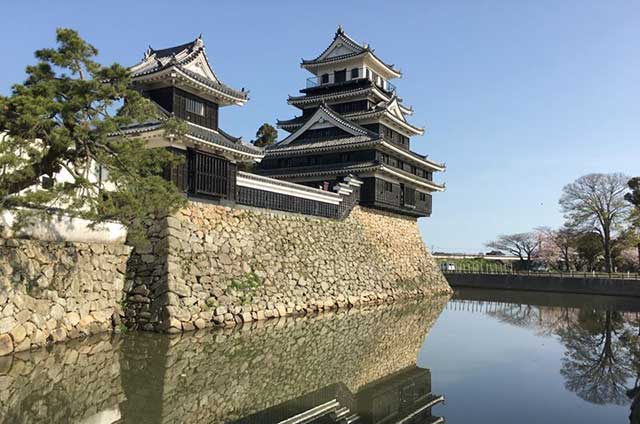
Kuroda Yoshitaka (1546–1604) was one of the closest advisors to the legendary military commander Toyotomi Hideyoshi. He took part in key military campaigns of the late 16th century, including the campaign against Shikoku in 1585 and the campaign against Kyushu in 1587. Later, during the second campaign in Korea, Yoshitaka served as chief advisor to the commander of the invasion forces, Kobayakawa Hideaki. After Hideyoshi's death, he swore allegiance to Tokugawa Ieyasu, thereby securing his influence and patronage under Japan's new leader.
-
Edo Castle
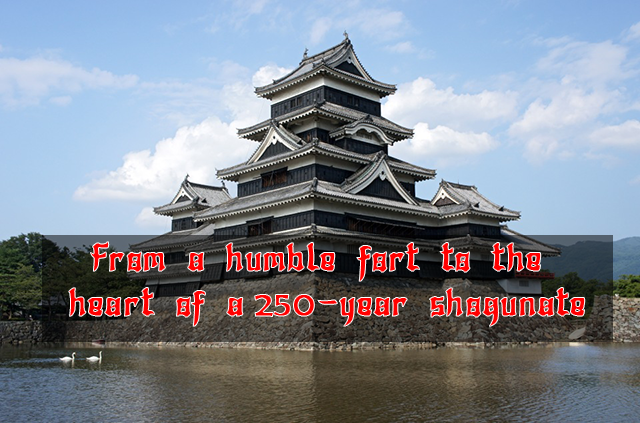
The history of Edo Castle dates back to the Heian period, when the Edo clan built a small fort on this site. In 1457, the vassal of the Uesugi clan, Ota Dokan (1432–1486), constructed a full-scale castle here. Internal conflicts weakened the Uesugi clan, and in 1524, Ota Dokan’s grandson, Ota Yasutaka, surrendered the castle without resistance to the forces of Hojo Soun, the ambitious leader of the Hojo clan. While Odawara Castle remained the clan's main stronghold, Edo was considered a key strategic fortress.
-
Samurai Museum Shinjuku
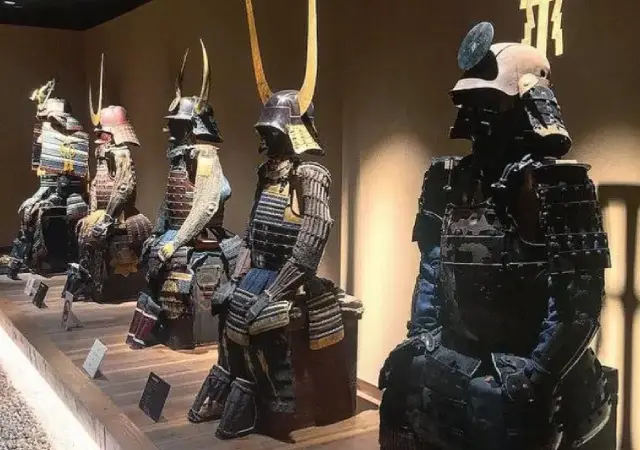
Situated in the vibrant district of Shinjuku, the museum showcases an extensive collection of samurai armor, weapons, and cultural artifacts spanning from the Kamakura to the Edo period. The exhibits aim to convey the samurai's unwavering commitment to honor and discipline, reflecting how their spirit continues to influence modern Japanese culture.
-
Anjo Castle
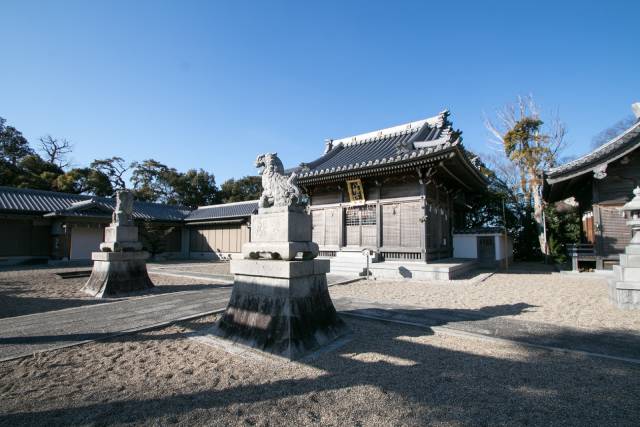
Anjo Castle was built on a slight elevation at the edge of the Hekikai Plateau, about 2 kilometers southeast of present-day central Anjo City in Aichi Prefecture. Today, the surrounding area thrives on large-scale agriculture and automotive manufacturing, utilizing the expansive flatlands and its proximity to the Nagoya region.
-
Numata Castle
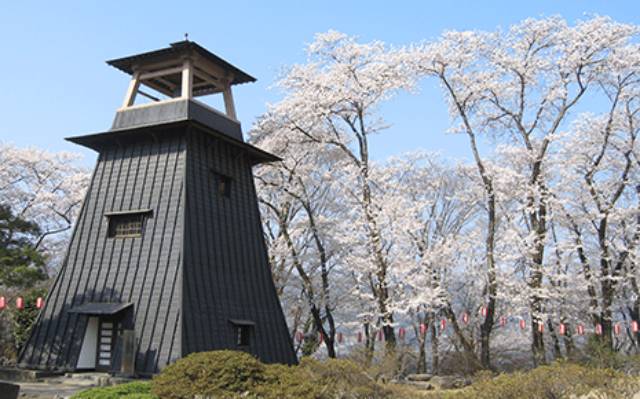
Numata Castle, located in Numata, northern Gunma Prefecture, Japan, has a rich and complex history. During the late Edo period, it served as the residence of the Toki clan, who ruled the Numata Domain. Over the centuries, the castle changed hands multiple times and was the site of significant battles during the Sengoku period.

